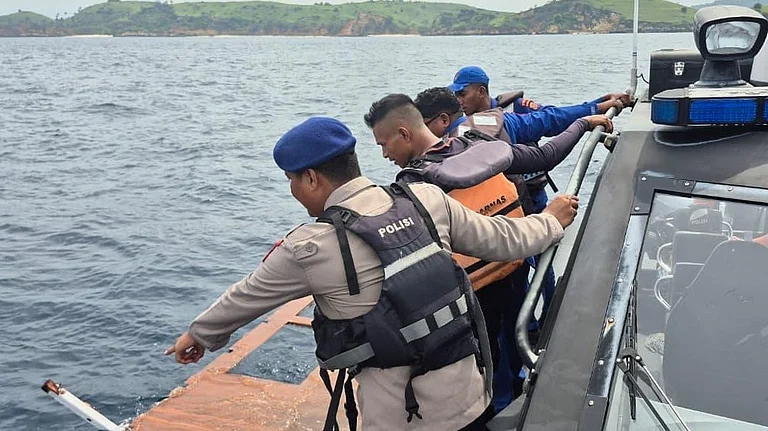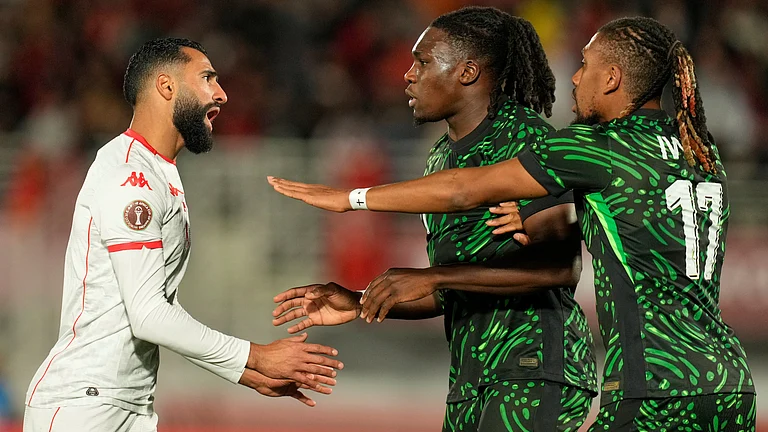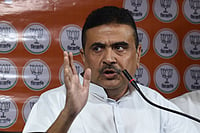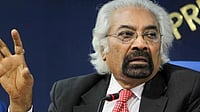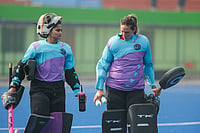While other children would playfully latch on to each other and run in circles as a chugging human train, little Laxmi Lakda had already made up her mind: she would drive a real train someday. It was an unusual career choice, but this feisty lady from Jharkhand kept her dream right on track. At 29, Laxmi is the first woman driver with the northern division of Indian Railways. “I often used to travel by train to my maternal uncle’s house. It was in a village, and trains were not as frequent there as they are in big towns or cities. Right from stepping into the train compartment to reaching my destination—it was all so exciting! That’s when I began to nurture the dream of driving a train myself.”
The Indian Railways roster now boasts of several women like Laxmi, who are confidently steering trains across the length and breadth of the country. Demolishing yet another male bastion, these drivers outperformed their male counterparts in the required tests and took charge of these iron giants. Apart from making direct recruitment to the post of loco pilots or engine drivers, Indian Railways is encouraging women to take up the challenge by providing incentives. The efforts have paid off: Indian Railways now employs some 50 women drivers across India; as many as 15 work in the northern division, unusual, for this division lies in the conservative Hindi heartland. Some are already running trains, while others are preparing to get their tickets to take the driver’s seat.

Photograph by Sanjay Rawat
Laxmi Lakda, 29 from Jharkhand “Travelling by train to my uncle’s house as a child was an exciting experience. That’s when I started dreaming of driving one myself.”
Reena Sinha and Veena Singh, hailing from Lucknow and Delhi respectively, have already earned theirs. The two are now adept at handling all sorts of trains—from goods trains to fast-moving passenger trains. “Currently, we drive within a limited area. This is because one can go about qualifying to run a mail or express passenger train only after having completed a prescribed number of kilometres of driving without error. I will soon qualify to steer a passenger train all by myself to any destination,” says 40-year-old Veena confidently.
Changing with the times, age-old restrictions in the railways rulebook are being done away with; rational guidelines are getting incorporated. As Ashwini Lohani, divisional railways manager, Delhi division, says, “There is nothing that is only meant for a man. It is all in our minds. We need to think differently. Of late, some women have opted to run trains, and this is a new trend. They have seen the railways from a distance and harboured a dream to join the organisation. I am glad that despite difficulties, there are three regular loco pilots running trains everyday, while two are under training.”
Lohani adds that they need to qualify for the job of running prestigious trains like the Shatabdi and Rajdhani single-handedly. “They have assisted on these trains and we would want to see them handling them on their own,” he says.
Veena, the most experienced of the bunch, seems to be headed that way. “I expect to run passenger trains very soon, so the fastest trains are the next step. The aim is to become an expert, because there is a lot of responsibility attached to the task,” she says.
Becoming an “expert’, as she put it, is a lot of hard work. Training involves driving all types of trains from rail yards to platforms. The job also entails removing ‘sick’ bogies and coupling them back to engines. Lastly, once washed and cleaned, the train must be driven to the platform. “After this, comes the opportunity to drive goods trains, and then, passenger trains. Then, it’s on to the fastest machines,” smiles Veena, mother to two doting daughters. Her family, says Veena, is her biggest strength. “My husband supports me all the way, and my daughters never seem to tire of telling people their mother drives train engines! It feels good to hear them talk about my job.” It’s no surprise what she sees her girls grow up to be: “I’d want one of them to become an engineer and handle a technical profile in the railways.”

Photograph by Sanjay Rawat
Reena Sinha, 33 from Lucknow “I’m yet to drive a passenger train, so when one of them passes by, I wonder when I’ll get to drive something like that!”
As for Reena, her primary concern right now is her own future. A single error can, after all, derail her dream. “It’s a huge responsibility. I drive almost all the trains from New Delhi station to different railway sheds in Tughlaqabad, Ghaziabad and Shakurbasti. All important trains to the capital enter through these lines and one error can wreak havoc,” explains 33-year-old Reena, the quietest member of the trio. It’s not an easy job, but that hasn’t deterred this focused young woman from dreaming big. “When a passenger train covering an arterial route passes by, I wonder when I will get to drive something like that! We are allotted trips on passenger and superfast trains but so far, only with a senior driver,” she says. Clearly, she cannot wait to get her hands on the Rajdhani.
But wait she must—there are levels of expertise that drivers must achieve as part of technical training. First, they work as assistant loco pilots, moving on to loco pilots who can manoeuvre trains single-handedly. The northern division has three training centres—loco pilots learn about signals in Chandausi, they train to drive diesel engines in Shakurbasti, and are instructed in handling locomotives in Ghaziabad.
As trainees, they get to assist senior loco pilots on fast trains. That’s how the women drivers started their journey on locos. “This involves complete signal monitoring. From New Delhi to Tundla station there are about 800 signals. Missing even one signal can cost an engine driver his or her job,” elaborates Laxmi.
It’s a tough task, alright. Which perhaps makes it all the more worthwhile for these women. And though they have come a long way from their first day on the job, the mixed feelings of fear and excitement are still fresh in their minds. “The first ride was plain scary!” confesses Reena, recalling how she was required to take a goods train to Shakurbasti yard. It sounded simple enough, but was far from it. Because Reena had never even sat astride a scooter in her life. But she gritted her teeth and jumped aboard. “I knew that I was on a goods train and would have to give way to superfast trains like Shatabdi and Rajdhani. When I finally managed to park the goods train at the destined yard, it was an indescribable feeling. I am still emotional about it! Today, I am on an engine, working regular shifts from 8 am to 4 pm, but I cannot forget that first journey,” she recounts.
As these women forge a new path, there still are hurdles to be crossed. Since women, until recently, were a rarity at yards and work areas, facilities have yet to be upgraded to accommodate what will hopefully be growing ranks of lady drivers. “This has always been a male domain. The engines have no space for women to sit. There are no washrooms for women. They are on their toes from early in the morning till late in the evening, and could do with better amenities. Indian Railways is working to streamline these problems. “We are also trying to increase the number of women engine drivers in order to give proper rest by rotation to everyone,” adds Lohani.
In time, problems like these will be ironed out. What matters most now is that the green signal is finally shining bright for women drivers.









